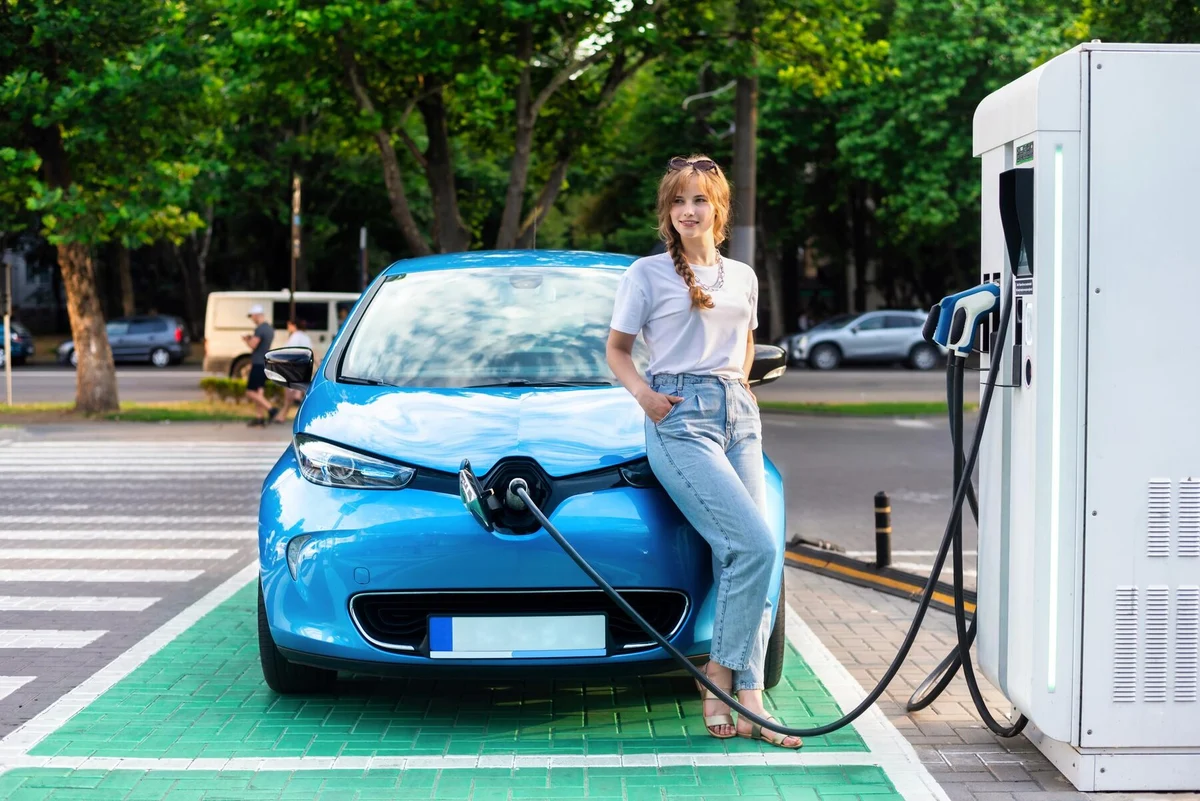Lithium-ion (Li-ion) batteries have revolutionized the portable electronics market and are now making significant inroads into electric vehicles (EVs) and renewable energy storage. Their appeal lies in their high energy density, long cycle life, and relatively low self-discharge rates compared to other rechargeable batteries.
However, not all lithium-ion batteries are created equal. Various chemistries within the lithium-ion category have distinct characteristics that make them suitable for different applications.
This article by one of the best EV lithium ion battery manufacturers in Delhi explores the different types of lithium-ion battery chemistries and their uses.
Lithium Cobalt Oxide (LiCoO2)
Chemistry and Characteristics:
Lithium Cobalt Oxide (LCO) batteries are one of the earliest and most widely used lithium-ion chemistries. They consist of a cobalt oxide cathode and a graphite anode. LCO batteries are known for their high energy density, which makes them suitable for applications requiring compact battery sizes.
Applications
LCO batteries are predominantly used in consumer electronics, such as smartphones, laptops, and tablets. Their high energy density allows these devices to operate for extended periods without frequent recharging. However, LCO batteries have relatively low thermal stability and cycle life, limiting their use in high-power applications.
Lithium Iron Phosphate (LiFePO4)
Chemistry and Characteristics:
Lithium Iron Phosphate (LFP) batteries use an iron phosphate cathode and a graphite anode. They are known for their excellent thermal and chemical stability, making them one of the safest lithium-ion chemistries. Although they have a lower energy density compared to LCO batteries, they offer a much longer cycle life and can operate at higher temperatures.
Applications:
LFP batteries are commonly used in electric vehicles (EVs), power tools, and stationary energy storage systems. Their safety and long cycle life make them ideal for applications where longevity and reliability are critical. Additionally, their ability to deliver high currents makes them suitable for applications requiring substantial power output.
Lithium Manganese Oxide (LiMn2O4)
Chemistry and Characteristics:
Lithium Manganese Oxide (LMO) batteries feature a manganese oxide cathode and a graphite anode. LMO batteries are known for their high thermal stability and safety, along with the ability to deliver high currents. However, their energy density is lower than that of LCO batteries.
Applications:
LMO batteries are often used in power tools, medical devices, and some types of EVs. Their ability to deliver high power makes them suitable for applications that require rapid discharge and high current, such as in cordless power tools. The combination of safety and high power output also makes them suitable for use in hybrid electric vehicles (HEVs).
Lithium Nickel Manganese Cobalt Oxide (LiNiMnCoO2)
Chemistry and Characteristics:
Lithium Nickel Manganese Cobalt Oxide (NMC) batteries use a combination of nickel, manganese, and cobalt for the cathode, with a graphite anode. This chemistry strikes a balance between the high energy density of LCO batteries and the safety and longevity of LFP batteries. By adjusting the ratio of nickel, manganese, and cobalt, manufacturers can tailor the battery for either higher energy density or longer cycle life.
Applications:
NMC batteries are widely used in EVs, e-bikes, and energy storage systems. The versatility of NMC chemistry allows for optimization based on specific application requirements. For instance, a higher nickel content can enhance energy density for longer driving ranges in EVs, while a higher manganese content can improve thermal stability and cycle life for stationary storage systems.
Lithium Nickel Cobalt Aluminum Oxide (LiNiCoAlO2)
Chemistry and Characteristics:
Lithium Nickel Cobalt Aluminum Oxide (NCA) batteries use a nickel-cobalt-aluminum oxide cathode and a graphite anode. NCA batteries are known for their high energy density and long cycle life, similar to NMC batteries but with a different stability profile.
Applications:
NCA batteries are predominantly used in EVs, particularly in high-end models that require extended driving ranges and high performance. Tesla, for instance, uses NCA batteries in its vehicles, taking advantage of their high energy density to provide longer ranges between charges.
Lithium Titanate (Li4Ti5O12)
Chemistry and Characteristics:
Lithium Titanate (LTO) batteries use a lithium titanate anode and various cathode materials, such as LMO or NMC. LTO batteries are renowned for their exceptional safety, long cycle life, and the ability to charge rapidly. They have a lower energy density compared to other lithium-ion chemistries but compensate with a longer lifespan and greater thermal stability.
Applications:
LTO batteries are used in applications where safety and fast charging are paramount. These include public transportation (e.g., electric buses), grid energy storage, and military applications. The rapid charge capability makes them suitable for scenarios where downtime needs to be minimized, such as in emergency backup systems and fast-charging stations.
Final Words
As technology advances, ongoing research and development by Indian top lithium ion battery manufacturers aim to further improve these chemistries, enhancing their performance, safety, and sustainability. The continued evolution of lithium-ion batteries will play a crucial role in the advancement of portable electronics, electric vehicles, and renewable energy storage, driving the transition towards a more energy-efficient and sustainable future.

